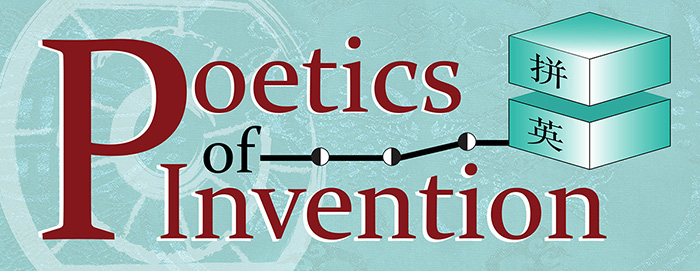English Elocution in the West
Problem:
In the West, little attention had been paid to pronunciation until the rise of England as a global colonial power. By the mid 1800s England wanted to assert a single standard for spoken English across the Empire. How could a single version of vernacular English rise above all others?
在西方世界,英国成为世界殖民霸主之前,英语发音并未引起广泛的关注。直到十九世纪中叶,英格兰意图在整个大英帝国中设立一套英语口语的标准。但是怎样在众多英语发音中遴选出唯一的一个版本呢?
Solution:
The English Elocution Movement chose one form of spoken English to become the standard for all and invented teaching methods and tools to teach this form of English pronunciation in schools, churches, and universities. New scholarly fields such as Orthoepy, Elocution, Phonetics, and Phonology developed in order to lend authority to the industry.
英语朗诵运动遴选出一套英语发音体系作为标准,并在校园、教堂、大学等地进行推广,众多的教学法和工具也被应用于这套体系的教学。同时还开创了一系列的学术研究领域如:正音学、朗诵法、语音学、音韵学来巩固这套体系的权威地位。
Problem:
英语拼写并非记音法,并且因社会阶层和地区间差异而发音各不相同。地域间语音习惯以及拼写存在如此大的差异的情况下,那么单一的英语发音标准如何来教授呢?
English spelling is not phonetic, and is pronounced in various ways across classes and regions. How can a single standard for the pronunciation of English be taught when regional speech habits and spelling vary so widely?
Solution:
在西方,词汇的发音结构由身体动作来展示,并通过发音来测试。不论是哪种情况,有需要记音符号。正如中国的韵表,像国际音标这样的音标系统会给每一个发音指定一种符号。
In the West, the sound structure of words had to be performed with the body and tested through spoken accent. In both cases, a phonetic script was necessary. Like the rime table tradition of China, phonetic writing systems like the International Phonetic Alphabet (IPA) assigned one symbol to each speech sound.
Problem:
By the end of the nineteenth century, social distinction in China was achieved through written, not spoken, means. Therefore, the rime table tradition was never used to phoneticize spoken languages like Mandarin or English. When in the nineteenth century merchants and those traveling to California for the Gold Rush found a need to learn spoken English, they invented a much simpler system of transcription. The common practice was to use Chinese characters so that each symbol stood for a whole syllable. In this system, the monosyllabic English word “please” became three syllables: “pu-lee-suh.” The result of this method was the creation of the so-called Pidgin English in the nineteenth century. This method led to the various forms of Chinese-English today and accounts for the difficulties most Chinese speakers face when learning Standard British or American pronunciation.
到十九世纪末,书面语的差异而非口头语的差异彰显着中国社会阶层的差异。因此,韵表无法给普通话或英语标注语音。十九世纪时随着淘金热的浪潮,商人和旅行者们纷纷涌入加利福尼亚,他们发现了学习英语口语的必要。因此,他们发明了一种更为简化的记音方法。其中最普遍的做法就是使用中文的单个汉字来指代相应英语单词里的某个音节。用这种方法单音节英语单词 “please”变成了三个音节:“普利兹”,这就是十九世纪“洋泾浜英语”的产生背景。这种英语学习的方法导致了今天多种中式英语口音的出现,也给那些想学习标准英音或美音的英语学习者带来了相当的难度。
Solution:
If Chinese scholars had converted the rime table tradition into a phonetic transcription system for spoken Mandarin and English, the sophisticated system used for over 1,000 years for regulating poetic composition could have served as a phonetic script for teaching English pronunciation. This is what the Pinying program does.
如果汉语言家能够把韵表体系转化为一种语音记录系统来记录普通话和英语发音, 那么一千多年来被用于规范诗歌创作的复杂系统就可以作为一种记音工具来教授人们学习发音。这就是“拼英”的基本原理。




